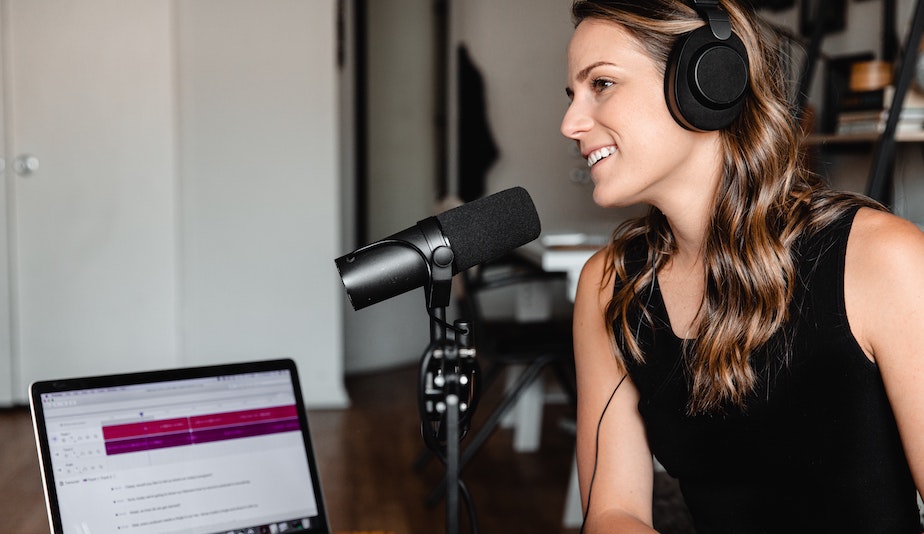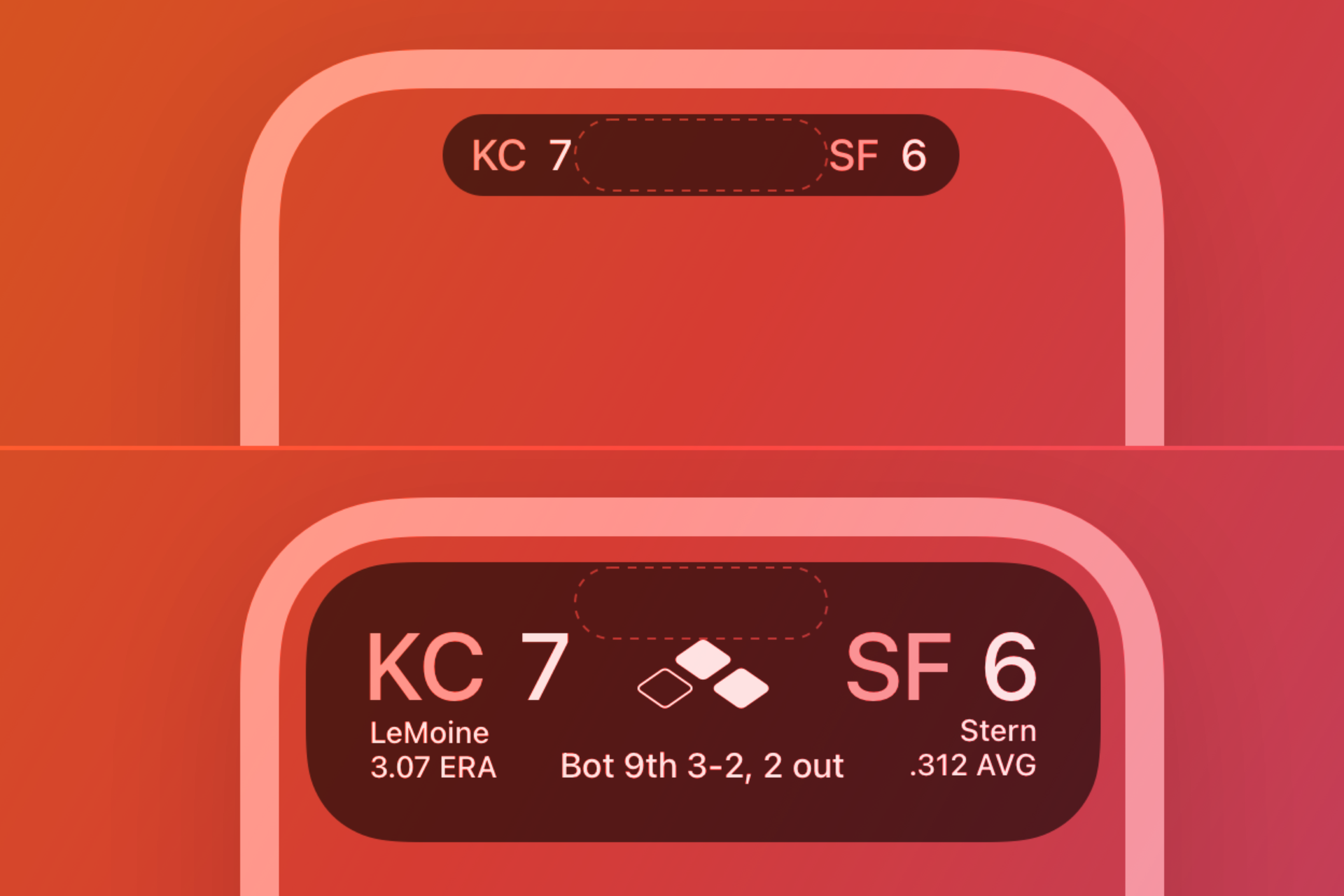
Newsletter
Newsletter
Want to diversify revenue? The Dear Media podcast network has a winning formula of leveraging the brands of female influencers.
4th January 2023

In the Pugpig weekly media bulletin, Pugpig’s consulting services director Kevin Anderson distills some of the best strategies and tactics that are driving growth in audiences, revenue and innovation at media businesses around the world.
From our recent State of the Publishing Media report, one of the top three challenges publishing leaders identified was diversifying revenue. As one the leaders we interviewed said, they were looking for the next big revenue driver after subscriptions. Look no further. The Washington Post has a case study of how the Dear Media podcast network is working with influencers to create podcasts and also providing support with branding and lucrative brand extensions beyond content.
Sign up to get the Media Bulletin in your inbox.
As the Post’s Taylor Lorenz says, Dear Media has become one of the biggest names in women’s media since its launch in 2018 with more than 200m downloads of their podcasts in 2022. Part of their success is that they have targeted an underserved market niche with respect to podcasts. “I haven’t seen that many attempts at building out a women’s-focused multimedia lifestyle brand that has a distinct podcast presence like Dear Media,” Lorenz quoted podcast analyst Nicholas Quah as saying.
The origin story of Dear Media is interesting. Entrepreneur Michael Bosstick and his wife, Lauryn, who is a lifestyle influencer known as @theskinnyfidential, started their own podcast, but despite 150m downloads, they couldn’t find a podcasting network that would take them on. “They didn’t feel that any of the leading networks took them seriously or were interested in serving a primarily female audience,” Lorenz wrote. The Bosstick’s investment hypothesis was clear and compelling: “The Bossticks recognized that countless influential women with huge online followings, including lifestyle content creators, reality stars and entrepreneurs, wanted to start podcasts but were dismissed or were greatly undervalued by the male-dominated podcast industry,” Lorenz wrote. They partnered with Raina Penchansky, whose Digital Brand Architects is one of the leading lifestyle influencer management companies.
The female influencers brought with them enviable online followings, and the Bossticks provided them not only with a creative podcasting outlet but with an umbrella brand and support for merchandising. Last year the company launched 50 lines of merchandising, but by looking at the shows “as brands themselves”, Bosstick says that it opens up other opportunities for brand extensions including live vents, streaming, IP and sponsored content. On their own show, the Bossticks charge $20,000 to $40,000 per sponsored interview. That’s not something that all media companies would do, but Dear Media highlights some interesting and lucrative opportunities for media companies working in the lifestyle space focused on women.
For some publishers including the Washington Post and Vox, there was a time when they thought that a new lucrative, revenue stream would be to sell their own technology. It was a way to justify large investments in their own CMS or advertising systems because they could offset the investment by selling the tools to other publishers. And there were other attractive financial aspects of entering this space. Peter Houston of What’s New in Publishing highlights Brian Morrisey’s point that software companies have much higher market values than content companies. But as Peter says, publishers’ pivot to technology providers seems to be coming to an end.
Both Vox and the Washington Post are now retreating from their software sales plans. Vox only had six clients for its Chorus CMS when it informed them that they needed to find another solution in the next 18 months, and the Washington Post is winding down its Zeus ad-tech platform as a standalone business. Both moves were blamed on the softening ad market. And rumours are swirling that the Post will be spinning off its Arc XP CMS business, which despite $200m in annual recurring revenue is not profitable.
The main issue seems to be that building software is one thing but selling it and supporting it is quite another. And selling a CMS that a publisher uses might prove a distraction for the clarity of the product roadmap for the publisher.
Peter believes that there is still space for publishers to sell niche software products, but it definitely is a much more complicated and challenging approach than companies thought.
In February, we’re adding a digital growth consultant to our Consulting Services team who brings a wealth of data-driven audience and revenue growth experience. If you’d like to discuss, how we can help support your growth plans in 2023, get in touch with Pugpig Consulting Services at info@pugpig.com.
I’m going to do something a little different today. Instead of a number of links about media stories, I’m going to highlight one of the interesting things buzzing around social media at the end of the year, ChatGPT. I asked it: How does a media company generate revenue from brand extensions? To which it responded:
There are several ways a media company can generate revenue from brand extensions. Here are a few examples:
Hmmm, I’ll give it four our of six because I don’t think that subscriptions or advertising are brand extensions but rather core to a media business. No need to worry. I’m not going to try to phone it in by having ChatGPT write the newsletter.

Newsletter

Newsletter

Newsletter

Newsletter

Newsletter